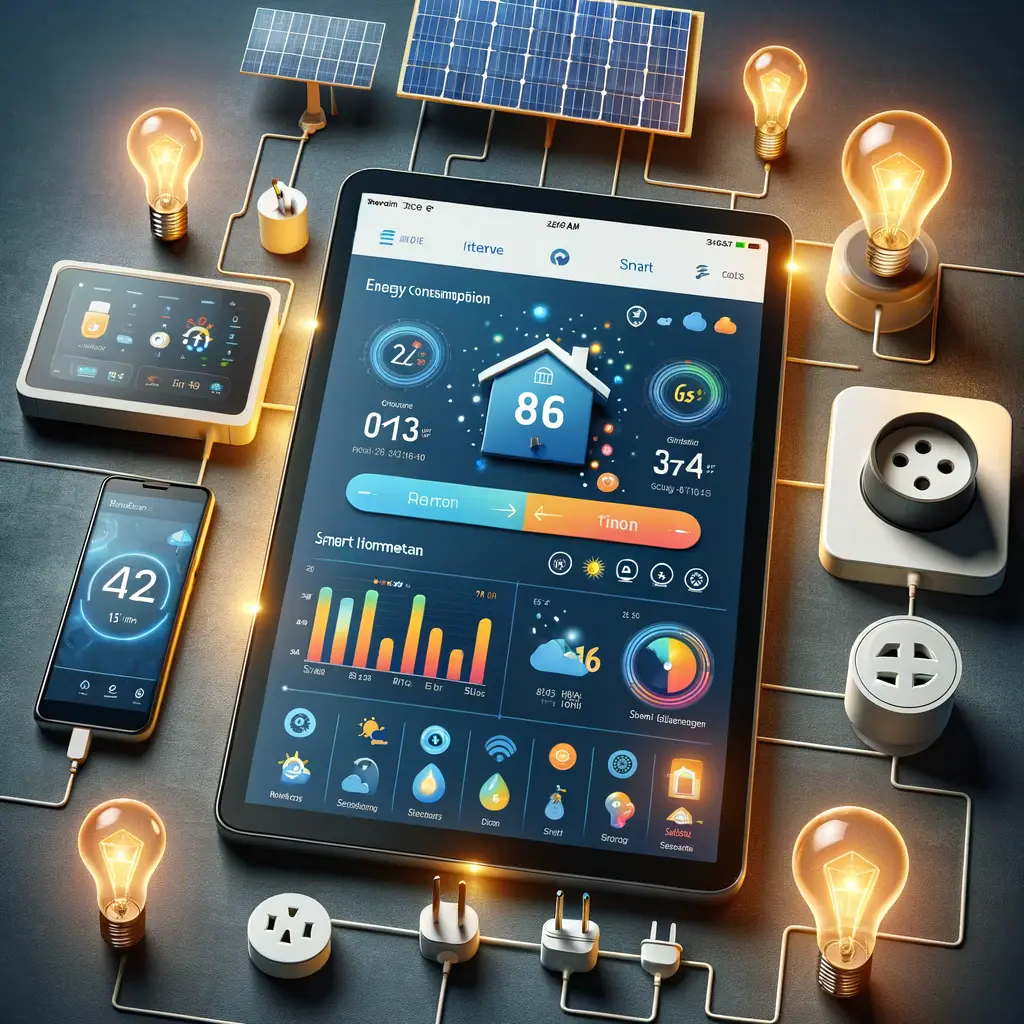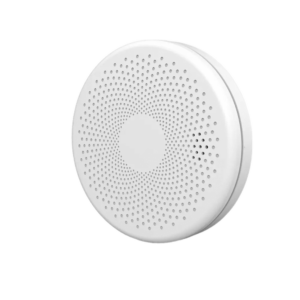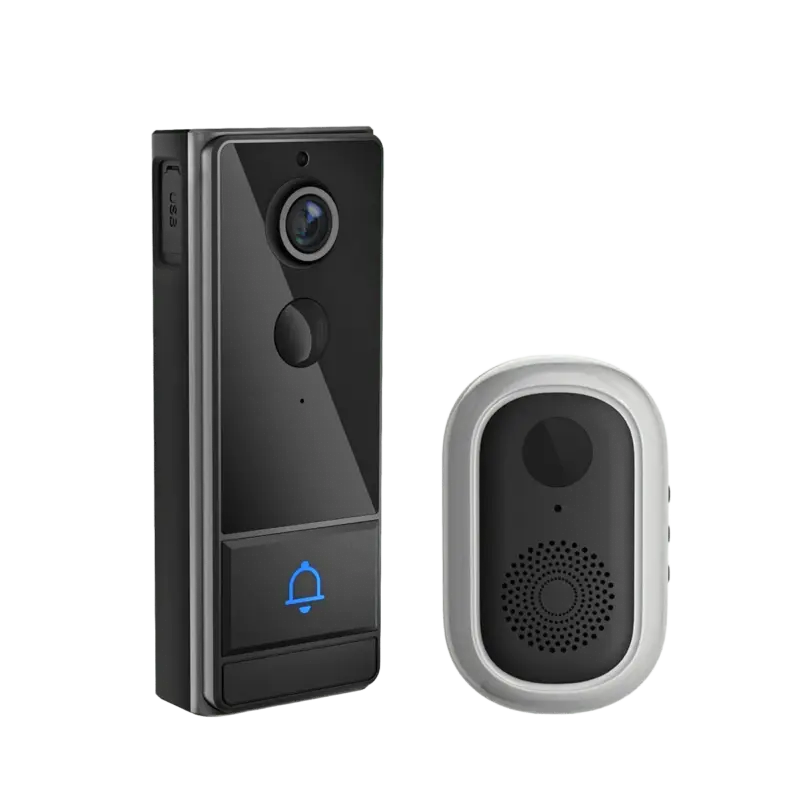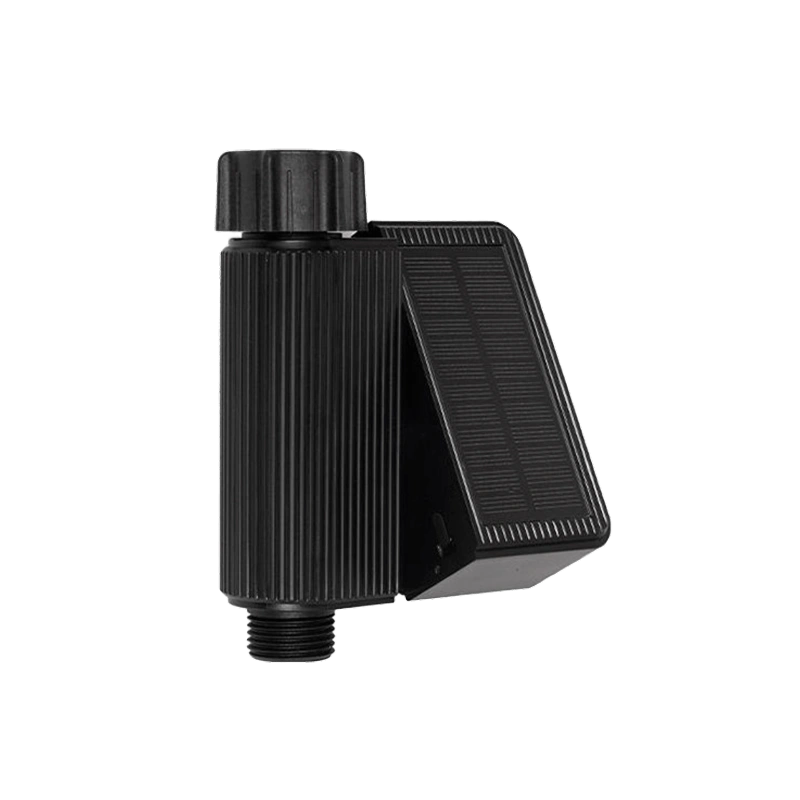Measure Your Home Electrical Energy Consumption
Understanding your electricity usage and costs is crucial if you want to save money and reduce your environmental impact. By measuring and monitoring your electrical energy consumption and costs, you can identify areas for efficiency improvements and energy conservation. This guide will show you some simple ways to do that, incorporating smart home automation and energy-efficient solutions.
1. Check Your Meter and Bill
Start by regularly checking your electricity meter and bill. Your meter measures electricity in kilowatt-hours (kWh), which is how your utility company charges you. Your bill shows how much you pay per kWh, along with any fixed or variable charges, taxes, or fees. Use your meter and bill to track monthly, weekly, or daily consumption and costs, and compare them with previous periods or averages.
Additionally, measuring energy consumption by use—such as cooling, heating, ventilation, domestic hot water, and lighting—helps you pinpoint specific areas for improvement, leading to a more energy-efficient home.
2. Use a Plug-in Monitor
A simple way to measure and monitor your electrical energy consumption and costs is by using a plug-in monitor. This device plugs into a wall socket, and you plug your appliance into it. The monitor displays the power, energy, voltage, current, frequency, and cost of the appliance. Use it to measure the consumption and costs of individual appliances and see how they vary with settings, usage, or time of day.
A plug-in monitor is a practical tool for short-term use. Label appliances with the results of your tests to remember their energy consumption.
3. Install a Smart Meter or Energy Monitor
For a more comprehensive approach, consider installing a smart meter or energy monitor. A smart meter is a digital device that replaces your old analog meter, communicating with your utility company and a display device in your home. An energy monitor attaches to your existing meter, connecting to a display device or an app on your phone or computer. Both provide real-time and historical data on your consumption and costs, allowing you to set goals, alerts, or schedules.
Installing a smart meter can provide accurate data that your utility company can read remotely, making it an efficient way to measure electricity. For detailed sub-metering, consider using a smart distribution box meter like WattPanel-2X, which allows for precise tracking of individual circuits in your home.
4. Analyze Your Data and Take Action
Once you have your data, analyze it to identify patterns, trends, and peaks in your consumption and costs. Compare these patterns to your habits, behaviors, or external factors. Look at your consumption compared to similar households or national averages. Based on your analysis, take action to reduce consumption and costs by changing habits, switching to more efficient appliances, or using renewable energy sources.
Data analysis can be complex, but many AI tools and home energy management software are available to help analyze data and provide recommendations.
5. Conduct an Energy Audit
An energy audit can provide valuable insights into your energy usage. During an audit, analyze all the electrical appliances you use, how you use them, and their contribution to your overall electricity consumption. Energy audits help you identify areas for improvement and reduce wastage. While you can conduct a basic audit yourself, hiring a professional can provide a more accurate assessment.
Practical Tips for Monitoring Your Electricity Usage
How Can I Monitor and Check My Home's Electricity Usage?
Monitoring your electricity usage is the first step towards making informed decisions about reducing consumption and saving on your energy plan. Knowledge is power, and understanding your energy usage allows you to identify areas for improvement and efficiency.
Here are some options to monitor your electricity use:
Use a Power Meter for Specific Appliances
- A simple energy meter can be purchased online or from hardware stores for as little as $20. Libraries in the U.S. might also have them for loan.
- To use, plug the meter into an outlet and then plug the appliance into the meter. It displays the appliance’s energy use on an LCD screen.
- If you input your electricity tariff rate, the meter can show you the cost to run the appliance per minute or hour.
Connect an Energy Monitoring System to Your Meter
- Smart energy monitors help improve your energy efficiency by providing real-time information about your electricity usage.
- They are usually installed by a licensed electrician and can be connected to an in-home display for easy viewing.
- These monitors can detect high-energy-consuming appliances and calculate the cost of your electricity usage in real time. Some can warn you during peak usage times or if you exceed a pre-set usage level.
Install an Energy Use App Connected to a Monitoring Meter
- These apps work by wirelessly connecting to an energy monitor that is attached to your smart meter.
- They relay usage information to your phone, providing real-time data on your energy habits.
- Apps like PowerPal and Wattcost help manage electricity consumption and are available for both Android and iOS phones.
Use Smart Home Energy Management Systems
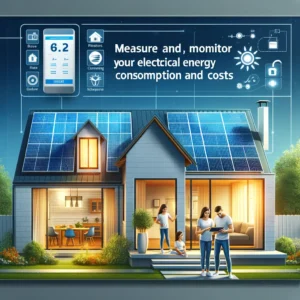
- These systems integrate various smart home devices to optimize energy usage. They include smart thermostats, lighting controls, and smart plugs.
- They help automate energy-saving practices, like adjusting the thermostat when you're not home or turning off lights in unoccupied rooms.
- Home energy management software and smart home energy-saving technology can provide detailed insights and recommendations for reducing consumption.
How Do I Know How Much Different Appliances Cost to Run?
To determine the cost of running different appliances, follow these steps:
- Identify the Power Rating of the Appliance: Look for the wattage rating or power consumption information on the appliance or in the user manual. Usage is usually indicated in watts (W) or kilowatts (kW).
- Convert the Power Rating to Kilowatts: If the power rating is in watts, divide by 1000 to convert to kilowatts. For example, 1200 watts is 1.2 kilowatts.
- Determine the Time the Appliance is Used: Estimate the number of hours per day the appliance is used.
- Determine the Tariff Rate for Electricity: Check your electricity bill or contact your energy provider for the tariff rate. Rates may vary depending on the time of day.
- Calculate the Energy Consumption: Multiply the power rating (kW) by the hours used per day, then multiply by the tariff rate per kilowatt-hour (kWh) to calculate the cost.
Example: For a 1.2 kW appliance used for 4 hours per day at $0.25 per kWh:
[ 1.2 \text{ kW} \times 4 \text{ hours} = 4.8 \text{ kWh per day} ]
[ 4.8 \text{ kWh} \times \$0.25 = \$1.20 \text{ per day} ]
Which Appliances in an Average House Use the Most Electricity?
Here are some energy use statistics for common appliances in a U.S. household:
- Air Conditioners: 2,000 to 5,000 watts (2-5 kW) during operation.
- Electric Water Heaters: 3,000 to 5,000 watts (3-5 kW).
- Electric Ovens and Microwaves: 1,200 to 2,400 watts (1.2-2.4 kW); microwaves use 500 to 1,800 watts (0.5-1.8 kW).
- Electric Clothes Dryers: 2,500 to 4,500 watts (2.5-4.5 kW).
- Swimming Pool Pumps: 500 to 2,000 watts (0.5-2 kW).
- Electric Cooktops: 1,000 to 2,500 watts (1-2.5 kW).
- Hot Tubs/Spas: 2,000 to 6,000 watts (2-6 kW).
- Electric Heating Systems: 1,000 to 2,500 watts (1-2.5 kW).
- Home Theater Systems: 100 to 500 watts (0.1-0.5 kW).
- Home Office Equipment: Desktop computers 200 to 500 watts (0.2-0.5 kW), monitors 20 to 70 watts (0.02-0.07 kW), printers 50 to 100 watts (0.05-0.1 kW).
These are average estimates. Check the manufacturer's specifications or energy labels for accurate power consumption.
What is 'Phantom' or 'Vampire' Power Use, and How Do I Stop It?
'Phantom' or 'vampire' power use refers to the energy consumed by electronic devices and appliances even when they are turned off or in standby mode. This hidden energy use increases electricity bills unnecessarily.
How to Stop Phantom Power Use
- Unplug Devices: Unplug electronic devices and appliances when not in use to completely disconnect them from the power source.
- Use Power Strips: Connect multiple devices to a power strip and switch it off when not in use to cut off power supply to all connected devices.
- Choose Energy-Efficient Devices: Opt for devices with low standby power consumption and high energy star ratings.
- Utilize Timers or Smart Plugs: Set timers or use smart plugs to automatically turn off devices during specific periods, like overnight.
- Enable Power-Saving Modes: Enable power-saving features or eco-mode settings on devices to reduce power consumption during standby.
- Unplug Chargers: Disconnect chargers from the outlet when devices are fully charged or not in use.
- Check Energy Monitoring Devices: Use energy monitoring devices or smart meters to identify high standby power usage.
- Educate the Family: Teach your family about phantom power and the importance of completely turning off devices.
By using these practical tips and techniques, you can take control of your energy consumption and make informed decisions about how to use electricity efficiently in your home. Embrace smart home automation and energy-efficient solutions to create a truly sustainable and cost-effective living environment.
